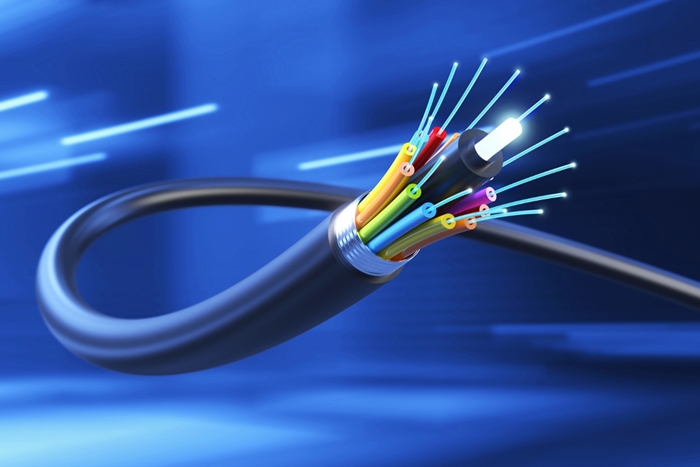Fiber Connection vs 5G Home Internet – Which Is Right for You?
October 22, 2025

As internet technology evolves, users have more options than ever for high-speed home connectivity. Two major players now dominate the discussion — fiber broadband and 5G home internet. Both promise fast speeds and seamless streaming, but they differ in reliability, performance, and long-term suitability.
Understanding these differences can help you make an informed decision about which option truly fits your household’s needs.
The Basics: What Sets Them Apart?
Fiber broadband uses fiber-optic cables that transmit data as light signals. This method ensures minimal signal loss and extremely stable speeds, making it ideal for homes with multiple users, gamers, and streamers.
5G home internet, on the other hand, relies on wireless technology. It uses 5G cellular towers to deliver internet to a router or modem inside your home. While this eliminates the need for cables, the quality of your connection depends heavily on signal strength and network coverage in your area.
Speed and Performance
When it comes to raw speed, both fiber and 5G offer impressive numbers on paper. Fiber broadband can deliver speeds from 100 Mbps to 1 Gbps or more, depending on the plan. 5G can theoretically reach several gigabits per second, but real-world performance often varies.
The difference lies in consistency. Fiber connections typically deliver steady speeds regardless of weather, distance, or network congestion. 5G performance, however, can fluctuate based on location, interference, or tower load.
For households that depend on uninterrupted connectivity for work, education, and entertainment, fiber often provides more predictable results.
Reliability and Latency
Reliability is where fiber broadband truly shines. Because it’s a wired connection, it’s not affected by obstacles, signal drops, or weather conditions. This makes it ideal for applications like video conferencing, online gaming, and 4K streaming, where even small delays can be frustrating.
5G, being wireless, introduces more variables. Physical barriers such as walls or trees can weaken signals. Additionally, during peak hours, when more users connect to the same cell tower, speeds may temporarily decrease.
In terms of latency — the delay between sending and receiving data — fiber broadband averages around 5–10 milliseconds, whereas 5G typically ranges between 10–25 milliseconds depending on coverage. For most users, the difference may be minor, but for professional gamers or remote workers handling real-time tasks, fiber’s edge is noticeable.
Coverage and Availability
Fiber broadband is expanding quickly across Kerala and India, but it still requires physical infrastructure. If fiber cables haven’t yet reached your neighborhood, installation may take time. However, once connected, fiber delivers consistent, high-quality performance.
5G home internet is easier to deploy because it doesn’t rely on underground cables. As long as your area has strong 5G coverage, setup can be quick and convenient. But in regions with patchy coverage or interference, signal quality may not meet expectations.
In short: fiber offers stability where available, while 5G brings flexibility in emerging areas.
Cost and Long-Term Value
Pricing for fiber and 5G home internet in India is becoming increasingly competitive. Fiber broadband typically offers better value per Mbps, with a wide range of plans for different budgets. Many fiber providers also include unlimited data, free installation, and bundled OTT subscriptions.
5G home internet plans may start with attractive introductory prices, but data limits could apply. Heavy streamers or large households might find themselves exceeding those limits quickly. Over time, fiber’s fixed-line reliability and unlimited options often make it the more cost-effective choice.
Which One Should You Choose?
The decision between fiber and 5G home internet depends on how you use the internet:
-
Choose fiber broadband if you need high reliability for work, streaming, or gaming, and your area supports it.
-
Choose 5G home internet if you prioritize easy installation, mobility, or live in an area not yet connected by fiber.
For most families and professionals, fiber still offers the best blend of speed, stability, and long-term value.
Conclusion
Both fiber broadband and 5G home internet represent the future of high-speed connectivity. While 5G offers flexibility and convenience, fiber remains unmatched in consistency and reliability — especially for homes that depend on fast, always-on connections.
As Kerala continues its shift toward digital living, Asianet Fiber provides households with the dependable speeds and stability needed for streaming, work, and everyday online experiences — today and in the years ahead.

